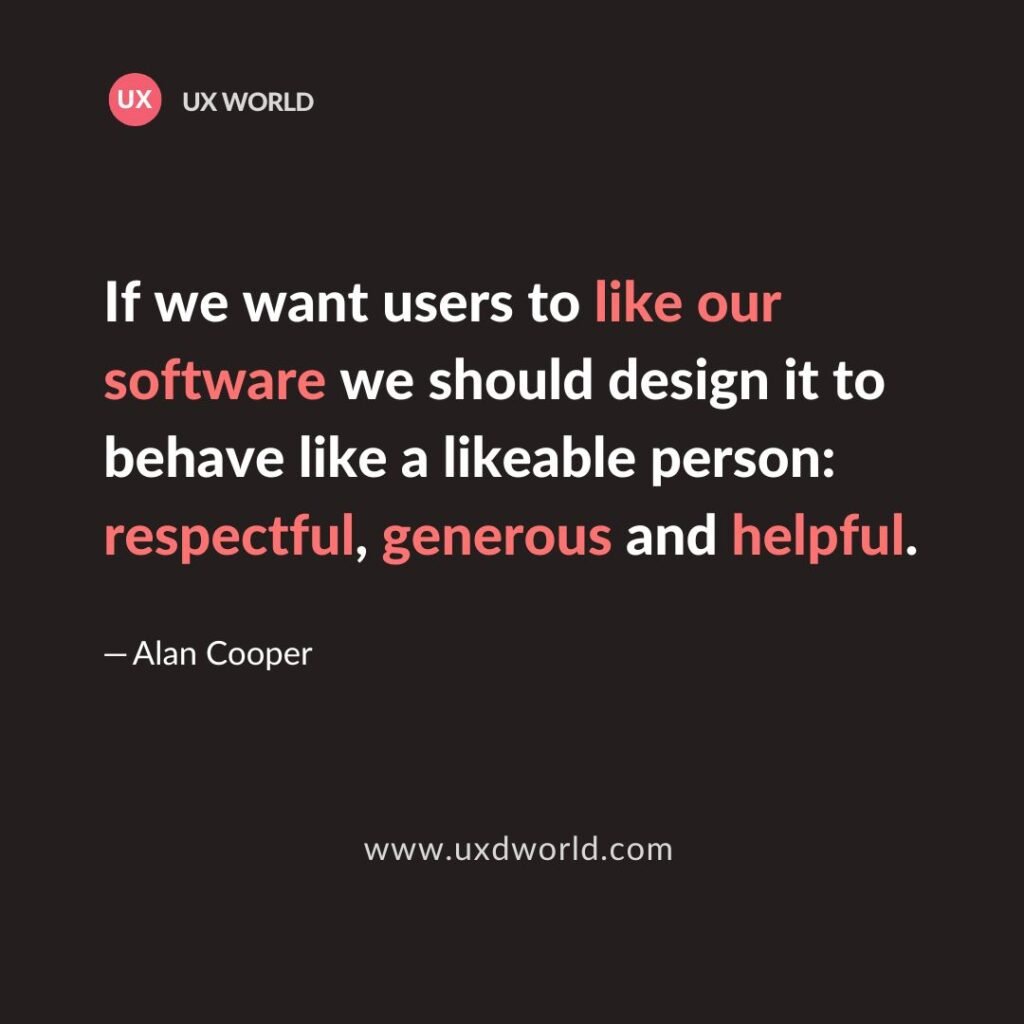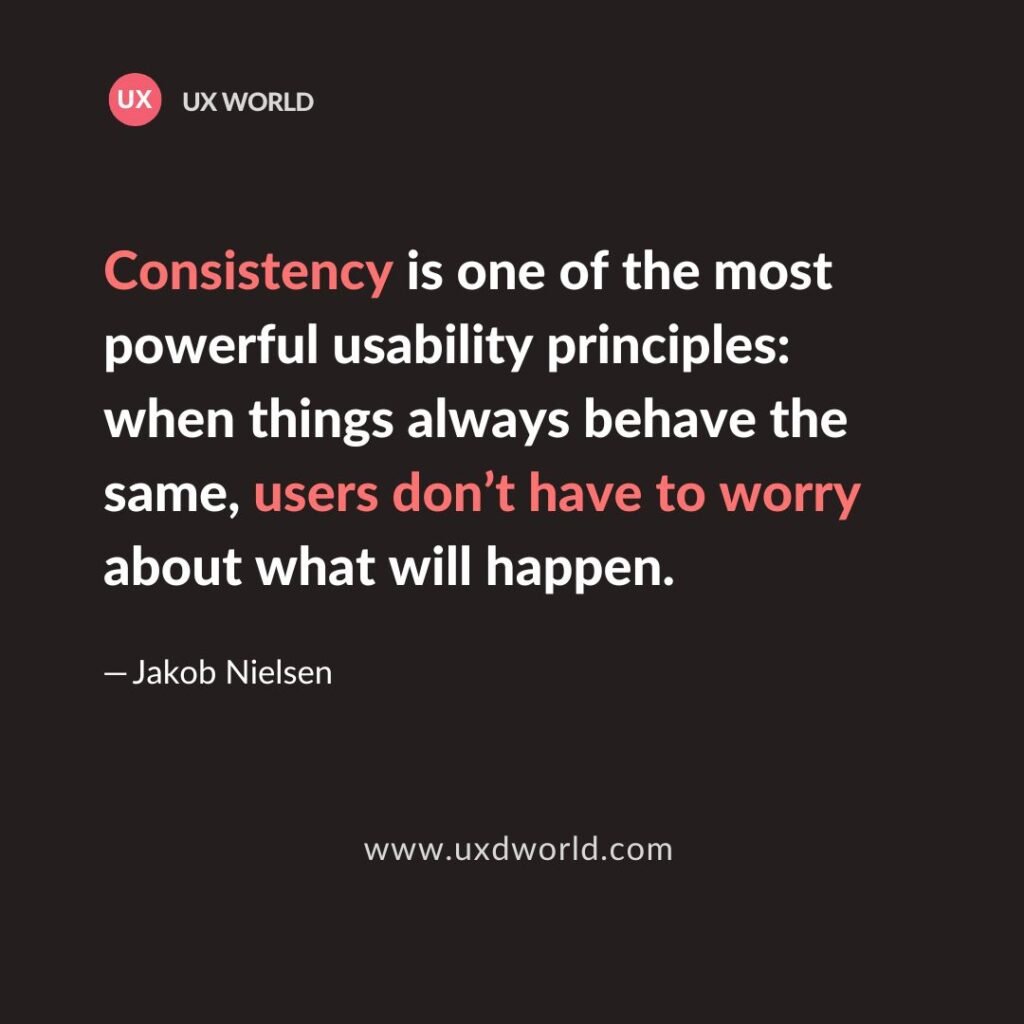Last Updated on October 3, 2024 by UX World
A design should be created to fulfill its users’ needs. The first step of a design process is to understand requirements and users — to meet users and understand their behavior, working environment, likes and dislikes, and way of thinking.
Sometimes it feels very tempting to jump into the design phase without researching users. This can be dangerous for the product and destroy its experience.
A good approach in the user-centered design process is to create user personas based on user information including their bio, skills, behaviors, and expertise. Refer to this persona many times while designing the product. This will help to follow the right track.
A designer is not a user, and neither he/she could be. He should not rely on his own assumptions and likes/dislikes while making design decisions.
“You’re almost always wrong about your users.” — Manik Rathee
A UX designer’s role is much related to human psychology. They need to understand the human psyche to develop user flows and interactions.
They should be able to predict the users’ actions while navigating through the design. Then they can put this information into papers and screens.
All this can be done based on the designer’s knowledge of human behavior in general and specifically about his users.
Want to Learn UX Design?
Try Interaction Design Foundation. IxDF offers online design courses covering the entire UX design spectrum, from foundational to advanced level. As a UX Design World reader, you get 25% off your first year of membership with the IxDF.
Thanks for reading.
Subscribe to more related articles on UX World.
If you have any questions, contact us here: Facebook | YouTube | Instagram | Linkedin



